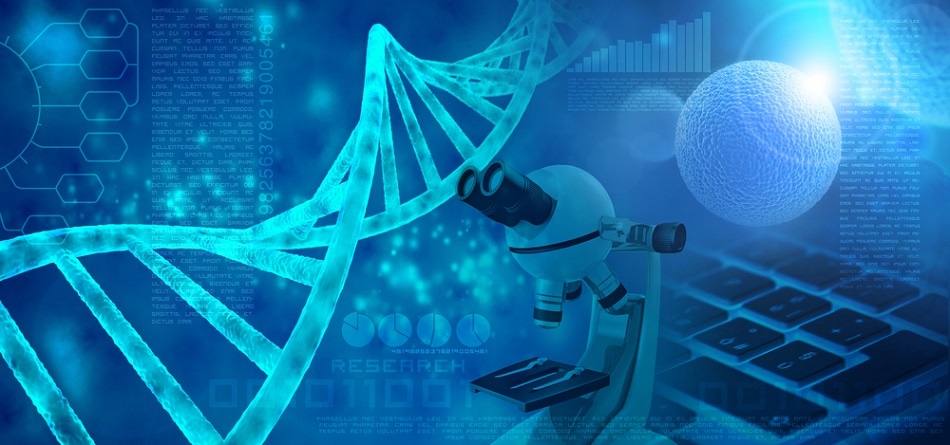NANOTECHNOLOGIES IN MEDICINE
The health sector has benefited a lot from the development of nanotech over the years. Not only are scientists able to expand the therapies available to patients, but they have also broadened their knowledge regarding the prevention and analysis of diseases. The use of nanotech in medicine goes by the term nanomedicine. It refers to zeroing in on biological phenomena to find solutions for health conditions regarding the prevention, diagnosis, and analysis of the same. Here are some ways in which nanotech has improved the lives of people across the globe:
Diagnoses
The earlier that doctors can diagnose a patient, the easier it is to prevent the complication from getting out of hand. Thanks to nanotech, there are better diagnostic and imaging tools in the market. They not only help doctors in zeroing in on the causative factors, but they also enable them to come up with analysis options tailored to the needs of the patient. These tools have also registered tremendous success rates regarding therapy.
One good example of the research in this area is regarding atherosclerosis. This condition results from the build-up of plaque in the arteries. Through the creation of a nanoparticle which could mimic the body’s good cholesterol, researchers found out that nanotech could come in handy in shrinking plaque. The study is yet to come to an end, but there is hope that the results will be positive.

Cancer
Chemotherapy is not only physically taxing but also emotionally draining for the patients that undergo the process. Researchers have thus delved into seeking ways in which they can reduce the toxic effects that come from the analyses. One approach has been through the creation of a nanoparticle that can deliver medicine to the cancer cells - learn more about them. In this way, the healthy tissues would not undergo the damage they are prone to during chemotherapy analyses. They are also working on other therapeutics regarding the same.
Transplants
Nanotech could also come in handy in the replacement of body parts. Take an example of the human bone. Through engineering using nanomaterials, scientists can come up with a material that mimics the mineral structure of a bone. The same goes for dental operations. At present, researchers are seeking ways in which they can grow tissues that can come in handy in transplant operations. There have been successes regarding the growth of neurons on graphene, and there is hope that this can help in repairing spinal cord injuries.

Other Areas
Gold nanoparticles have been in use as a way to detect targeted sequences of nucleic acids. It is also important to note that these nanoparticles are currently under clinical investigations. Scientists hope to use them as part of cancer analyses as well as in the analysis of other health complications. It is yet to be clear as to whether there have been positive results as to the same.
For people who cannot stand the sight of needles, there is good news for you! Researchers are looking for ways in which vaccines, as well as other medicines, can get administered without the need for injections. How great would that be?
It is clear that if one of the studies were to bear fruit, millions of people would stand to benefit from the same. Home of the Nano Science.



